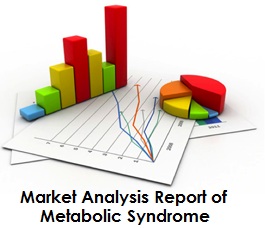
Christine Comera
National Institute of Agronomic Research (INRA), France
Title: Exposure to dietary lipid leads to rapid production of cytosolic lipid droplets near the brush border membrane
Biography
Biography: Christine Comera
Abstract
Intestinal absorption of dietary lipids involves their hydrolysis in the lumen of proximal intestine as well as uptake, intracellular transport and re-assembly of hydrolyzed lipids in enterocytes, leading to the formation and secretion of the lipoproteins chylomicrons and HDL. In this study, we examined the potential involvement of cytosolic lipid droplets (CLD) whose function in the process of lipid absorption is poorly understood.
Intestinal lipid absorption was studied in mouse after gavage. Ultra centrifugations were performed to isolate intestinal CLD, as well as the enterocyte brush border membranes, which were analyzed by western-blots. Immunofluorescent localization of membranes transporters or metabolic enzymes, as well as kinetics of CLD production, was also studied in intestine or Caco-2 cells.
We isolated three populations of CLD (ranging from 15 to 1000 nm) which showed differential expression of the major lipid transporters scavenger receptor BI (SR-BI), cluster of differentiation 36 (CD-36), Niemann Pick C-like 1 (NPC1L1), the ATP-binding cassette transporters ABCG5/G8 and A1 but also caveolin 2 and fatty acid binding proteins. The enzyme monoacylglycerol acyltransferase 2 (MGAT2) was identified in the brush border membrane (BBM) in addition to the endoplasmic reticulum, suggesting local synthesis of triglycerides and CLD at both places.
In conclusion, we show a very fast production of CLD by enterocytes associated with a transfer of apical constituents as lipid transporters. Our findings suggest that following their uptake by enterocytes, lipids can be partially metabolized at the BBM and packaged into CLD, for their transportation to the ER.

